Gymnogene on the rocks
 Friday, February 17, 2012 at 04:34PM
Friday, February 17, 2012 at 04:34PM It's been so long since I last wrote, I'm not even going to make any excuses, but just plunge right ahead with my story. We had heavy rains during the end of last year, but few flowers (ironic after my last post written following the previous rains) and now we're in the middle of a very strange dry season, with pedantic, erratic winds, odd grey drizzly mornings (when February is normally cloudless from dawn til daybreak the following day). Nevertheless, life goes on on the river and - yes - so do those unstoppable Spur-winged Plovers. They just never seem to rest.
If you're a Gymnogene (African Harrier-Hawk), landing on the plovers' patch can give you a headache. We often see a Gymnogene on the river, hopping from island to island in search of frogs. The plovers are never amused...
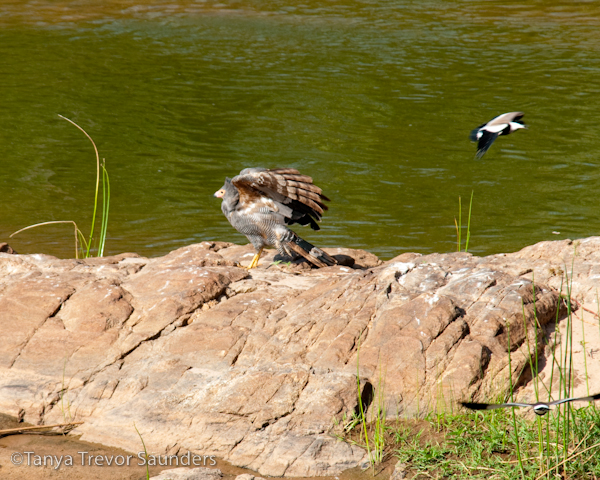
The Gymnogene lands right on the island where the plovers choose to nest (time and again, despite repeated disasters and no successes).
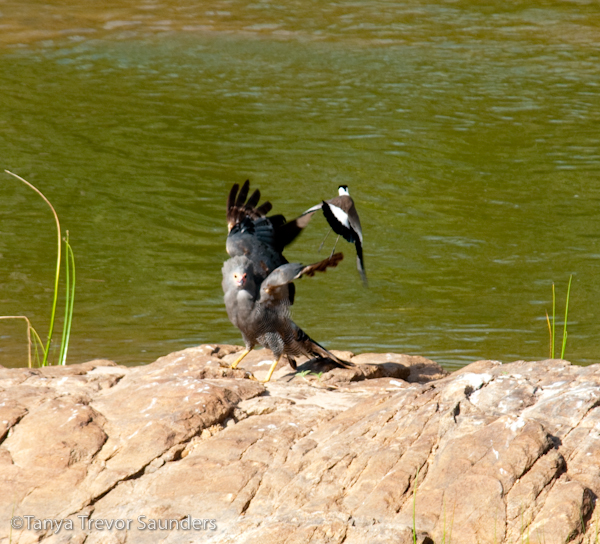
The plovers are none too pleased, and even when the gymnogene moves off to the far end of the island, their assault only intensifies.
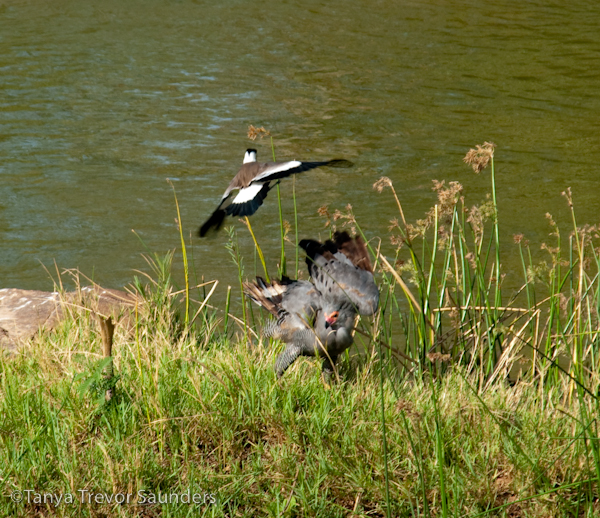
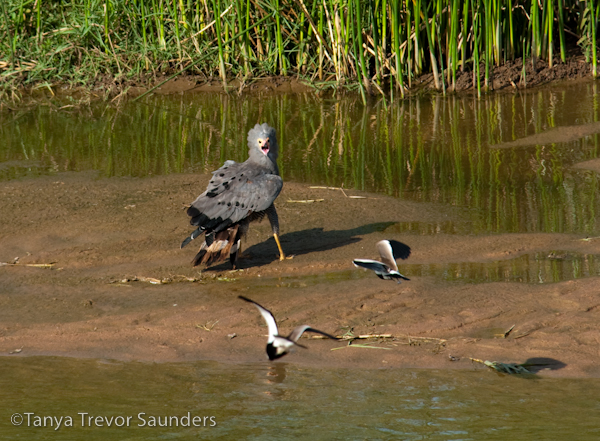
Even hopping right off the island to a neighbouring sandbank has no effect.
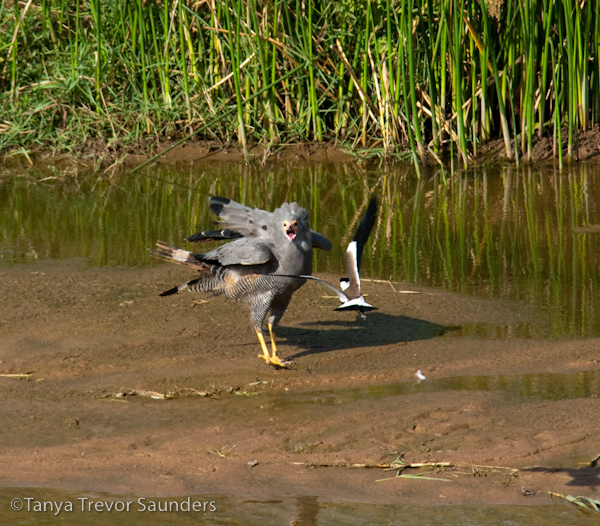
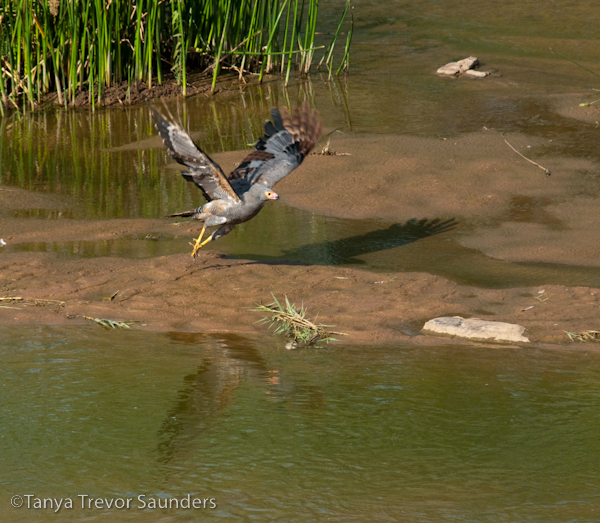
The gymnogene takes flight, but even before it lands on further downstream, the plovers are after it again.
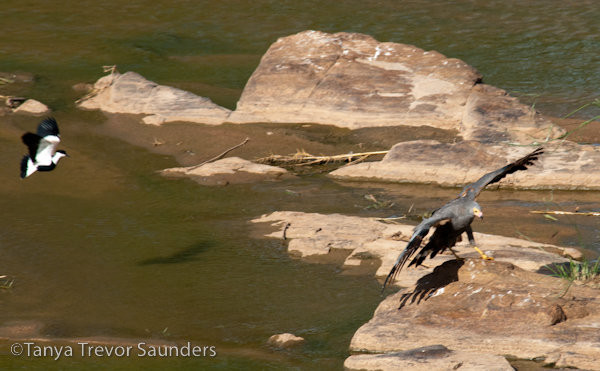
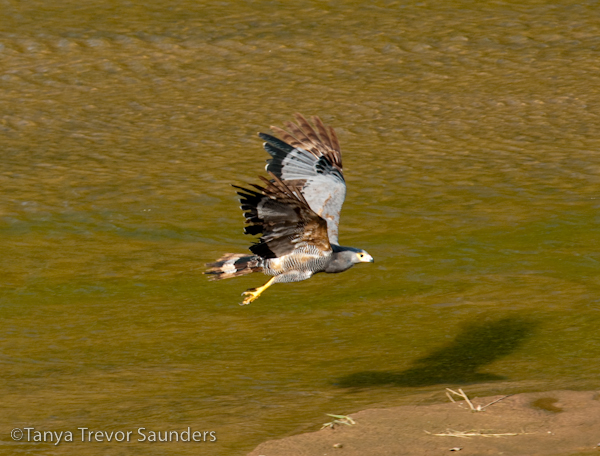
It's no use - it takes to the wing again.
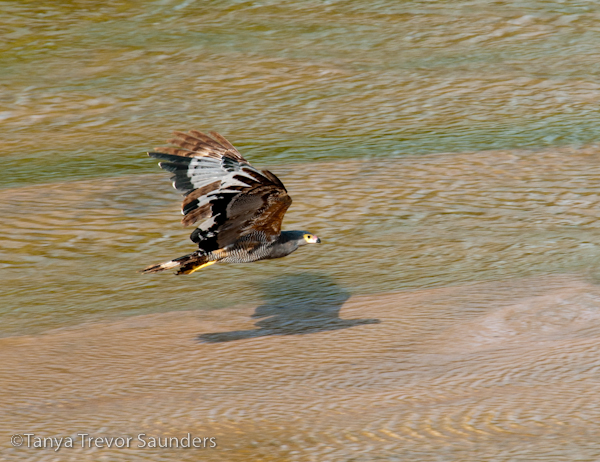
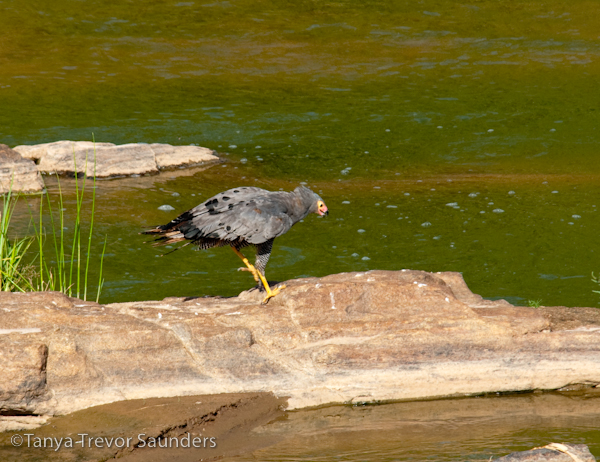
Those long legs are ideal for catching frogs and pulling chicks out of birds' nests...but they don't save the gymnogene from the relentless pursuit of the plovers.
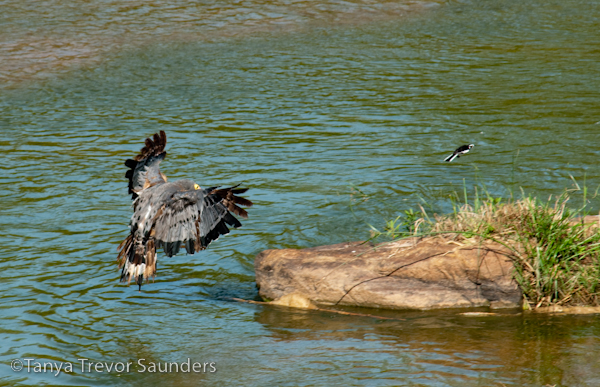
As the gymnogene alights on yet another rock island, a pied wagtail hightails it.
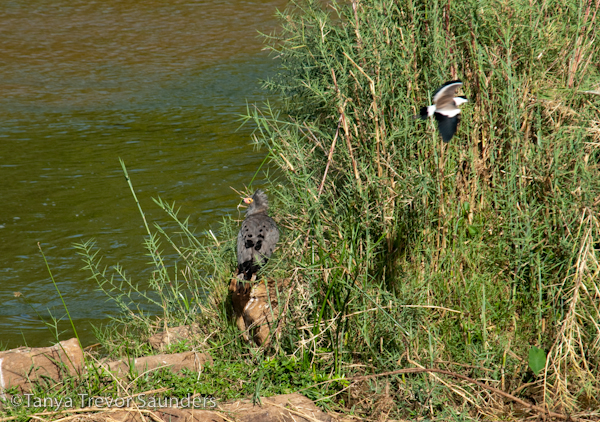
But the pesky plover still does not give up.
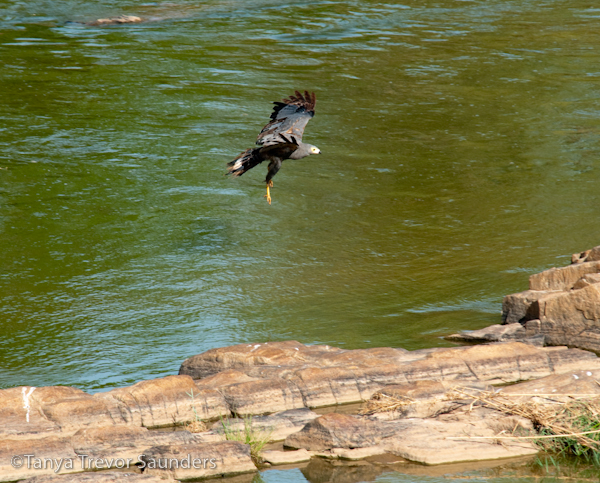
The gymogene gives in and moves several hundred metres downstream to find peace at last. (In the picture below, you can just see it on the rocks in the forground, as it prepares to carry on hopping from one rock to the next, in search of those elusive unlucky frogs). And the plovers? Well, they just return to "their" rock and wait for their next victim...
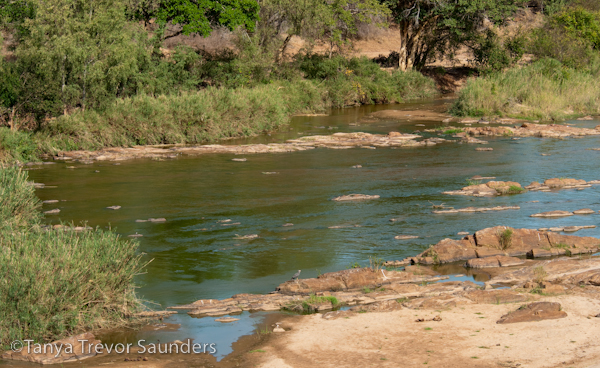

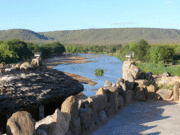
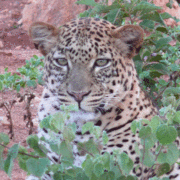
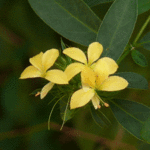

Reader Comments